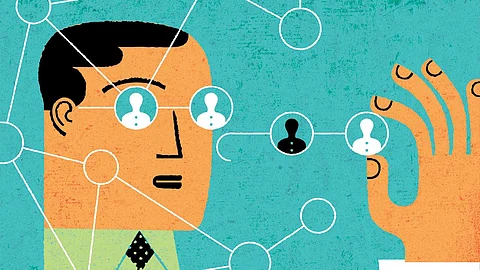

Undeniably, the technology world is majorly dominated by men than women. As a result, many AI algorithms are being carried through biases to label women as a household. For example, researchers from Boston University and Microsoft using Google News data built an algorithm that identified women as homemakers and men as software developers. In another example, Google's speech recognition algorithm allows people to browse on the internet through voice. As the algorithm is trained by listening to audio data and learning patterns, the research found that it is gender biased, performing better with male voices than female voices.
This gender bias consequences in algorithms are engrained in the data sets – used to teach and train them language, and object detection skills. While such systems become more capable and prevalent, taking more decisions about people's lives, their biased point of view towards women could have a negative impact, even in their job searches. In this context, developers need to be vigilant while creating algorithms and consider where their data sets come from and what biases exist to make trustworthy algorithms.
So, what it takes to make an algorithm unbiased?
It is no wonder that a biased data set can create biased algorithms. According to research from Joy Buolamwini, a computer scientist and researcher at MIT, facial recognition software from tech firms like Microsoft, IBM and Amazon, among others could identify lighter-skinned men but not darker-skinned women. This is because of the algorithmic bias. Algorithms make machine learning more intelligent and enable intelligent machines to make decisions. In this scenario, utilizing data volumes are essential. The more data available to train the algorithm, the more accurate it becomes. Additionally, it is imperative that the data set must be trained by the more balanced gender population to avert the risk of algorithmic biases.
Transparent design in algorithms means the factors that influence the decisions made by an algorithm. It should be visible to people who use and regulate, however, are affected by systems that employ those algorithms. To design a transparent algorithm, developers must demonstrate the computer metrics attributed to various objects. They should give the computer system the metrics for every object and teach them to identify objects precisely. After continuous testing and refining, the system can learn and recognize the object – for example, books. They will also be able to predict in the future whether an object is a book, depending on those metrics, without human assistance.
Algorithms have already become an integral part of people's lives to a great extent, taking significant decisions in our day-to-day workflow. While their use has a tremendous positive impact on helping people to become more accurate and reach better decisions, there are also some biggest concerns regarding algorithms. If anything goes wrong who will be responsible? Who should be accountable for removing the wrong data? And who should be governing them? Indeed, many studies revealed the challenges with AI bias, including failings around both transparency and accountability. Thus, involving humans and their impact at every stage of the development lifecycle can help better determine when a human will have a role and when it is safe to rely entirely on an algorithm.
To thwart biases in algorithms, developers need to be aware of users' needs and requirements. They should teach systems by considering the context in which the data is being generated and used. The more they can learn about the users of their algorithms and their context, the more they can understand the data and prevent biases. They must know how their algorithms work. Examining the algorithms from different perspectives enables developers to identify potential failures in advance.
Join our WhatsApp Channel to get the latest news, exclusives and videos on WhatsApp
_____________
Disclaimer: Analytics Insight does not provide financial advice or guidance. Also note that the cryptocurrencies mentioned/listed on the website could potentially be scams, i.e. designed to induce you to invest financial resources that may be lost forever and not be recoverable once investments are made. You are responsible for conducting your own research (DYOR) before making any investments. Read more here.
